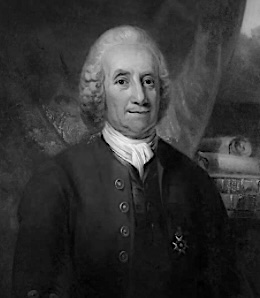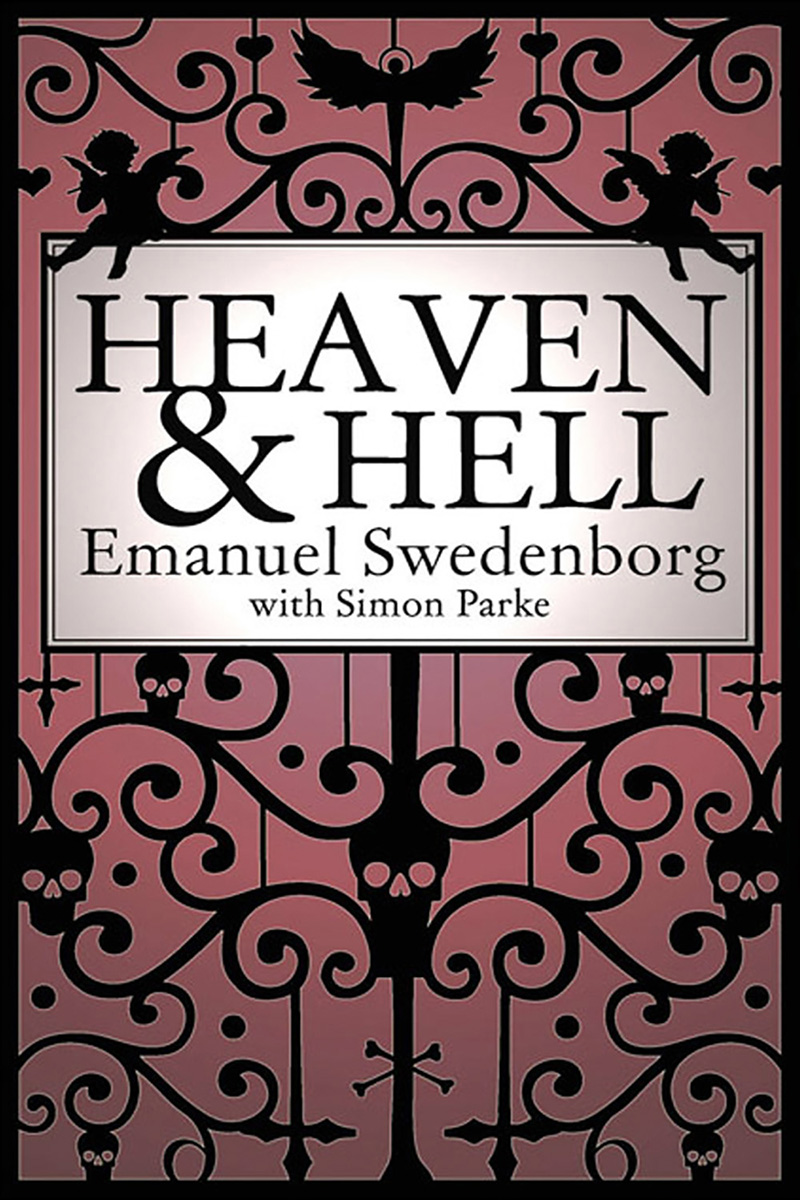Emanuel Swedenborg edited by Simon Parke
Number of books: 1
“Voltaire said that the most extraordinary man in recorded history was Charles XII. I would disagree: the most extraordinary man—if we admit such superlatives—was that mysterious subject of Charles XII, Emanuel Swedenborg.“— Jorge Luis Borges
Emanuel Swedenborg (1688–1772) was born in Stockholm, Sweden. His father, Jesper Swedberg, was a Lutheran bishop and royal chaplain; his mother, Sara Behm, came from a wealthy mining family but died when Emanuel was eight. He was educated at Uppsala University from age eleven, studying medicine, astronomy, mathematics, and the natural sciences.
As a young man, Swedenborg was fascinated by mechanical invention. He sketched early concepts for submarines and aircraft and travelled widely to expand his knowledge, learning trades such as brassworking, lens grinding, and instrument making. In 1716, he was appointed Assessor of the Royal College of Mines, a critical post in Sweden’s mining-driven economy, which he held for over thirty years. In 1719, his family was ennobled, taking the name “Swedenborg.” Emanuel became an active participant in the Swedish parliament (Riksdag) and the House of Nobles, contributing to economic and foreign affairs.
Swedenborg also excelled in the physical sciences. He speculated on the origins of the solar system, studied the human body, and made pioneering observations in neuroanatomy, including insights into the structure of the nervous system and the importance of the cerebral cortex—anticipating ideas later confirmed by modern science. His search for the soul led him from anatomy to psychology, where he proposed a developmental model of human awareness that echoes later theories of Piaget and Erikson.
Swedenborg’s life took a profound turn in 1745 when he experienced a visionary encounter in a London tavern. A man—whom Swedenborg identified as the Lord—appeared to him and called him to reveal the spiritual meaning of the Bible. This marked the beginning of Swedenborg’s reported spiritual experiences, including visions, lucid dreams, and journeys in the spiritual world. His psychic abilities, noted even in childhood, became more prominent, including a famous incident in which he accurately described a fire in Stockholm from over 300 miles away.
Following this transformation, Swedenborg dedicated himself to theology, writing extensively on the spiritual world. His major works include Arcana Caelestia (1749–1756) and Heaven and Hell (1758), where he introduced the concept of “correspondences”—the idea that the material world reflects spiritual realities. He rejected literal interpretations of the Bible’s creation story, instead viewing it as symbolic of the soul’s regeneration. Central to his theology is the belief in the Divine Human revealed in Jesus Christ and the idea that heaven and hell are self-chosen states, not divine punishments.
Though dismissed by some as delusional, Swedenborg’s continued political and scientific contributions suggest otherwise. His theological works influenced thinkers such as William Blake, Goethe, Emerson, Balzac, and Jung. He passed away on March 29, 1772.
Simon Parke has been a scriptwriter for Spitting Image, a Sony award-winning radio writer and a priest in the Church of England. He is now CEO of The Mind Clinic and author of ‘The Secret Testament of Julian’ and the Abbot Peter murder mysteries, set in Seaford on the Sussex coast where Simon now lives with Shellie, seagulls and his running shoes.
He can be found at www.simonparke.com


